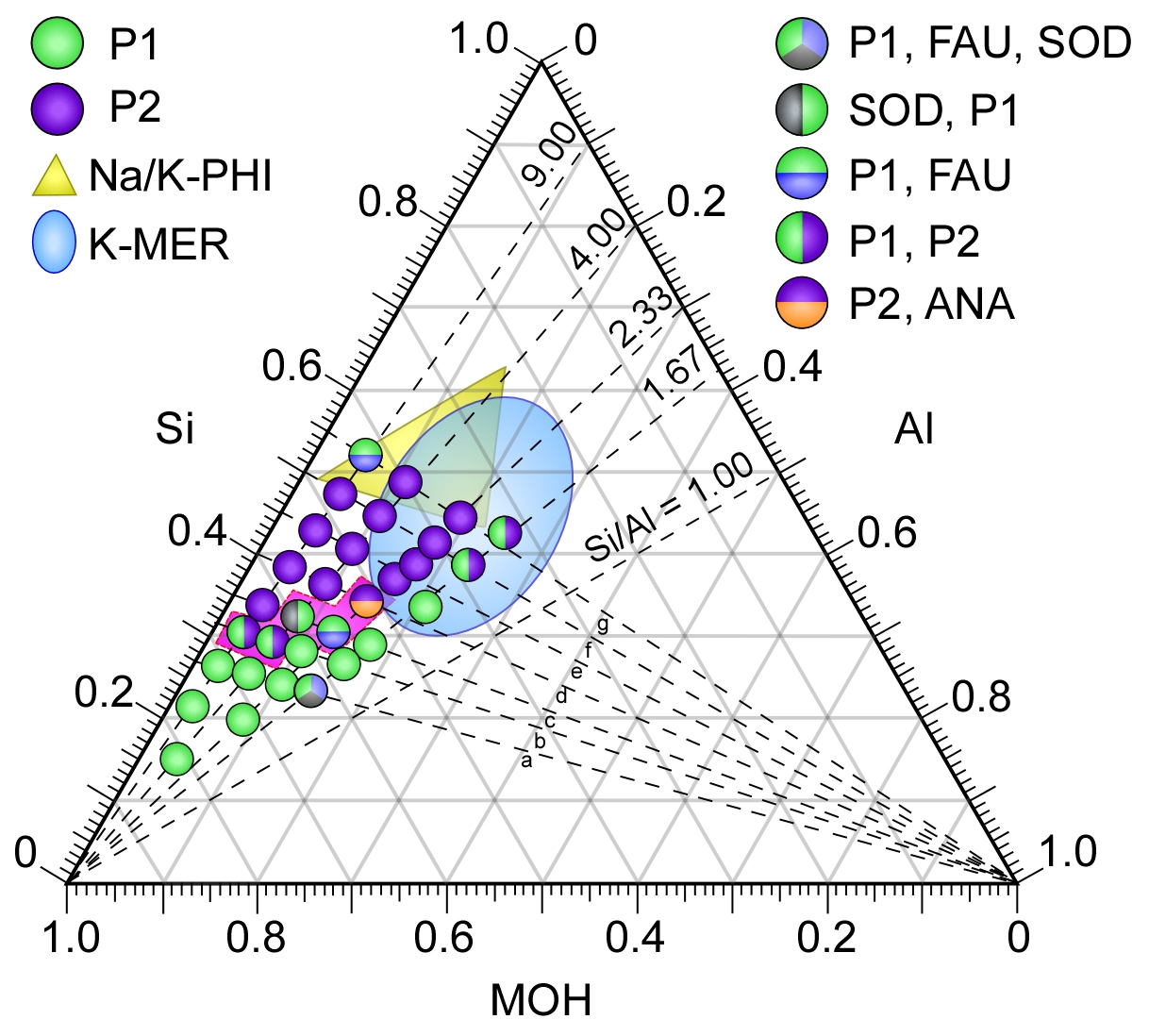Reports: DNI552422-DNI5: Design of Zeolite Growth Modifiers: A Hierarchical Approach to Optimize Nanoporous Catalysts
Jeffrey D. Rimer, PhD, University of Houston

Jeffrey D. Rimer, PhD, University of Houston

Copyright © American Chemical Society